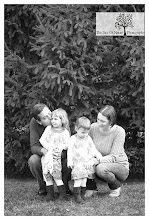All American Yemeni Girls: Being Muslim in a Public School by Loukia K. Sarroub is an ethnography following six young hijabat (plural for those who wear the hijab, or head-covering) in Dearborn, Michigan. While the ethnography was completed before the September 11th attacks, I believe it is still a good cross-section of Arab-American (specifically Yemeni) life at the high school level. Teachers with Arab-American and/or Muslim students may find this book particularly helpful (especially chapter five, "The Tensions Teachers Face: Public Education and Islam"), as Sarroub's case-studies help to explain the pressure that these students face.
Teachers may also be able to include segments of this book into the teaching of literature written by Arabs in the West. Sarroub herself has Algerian and Greek parents and identifies with the six girls. A summary of the students' personalities starts on page 12 and goes through page 15. Sarroub describes the girls' high school (Cobb High School) and hometown (Southend, Dearborn) on pages 24 through 26. Teachers using excerpts from this book will find that these pages explain the ethnography's purpose and depth sufficiently so as to not confuse students. The selections "The Case of Layla: A Representative Portrait" and "Sojourning into a New Space" (p. 30-45) paint a thorough picture of what life is like for these girls as they try to balance their Yemeni, Muslim, and school lives. After 9/11, Sarroub returned to talk with the girls, now women, one last time. Comments about this reunion are in chapter seven, under the heading "Living Ethnography in the Past and Present" (136-138). Once students learn about the hijabat's lives in 1997-1998, they will want to know what happened to girls. As this is real life, students must be prepared for something other than the fairy-tale endings they're used to.
Subscribe to:
Post Comments (Atom)

No comments:
Post a Comment